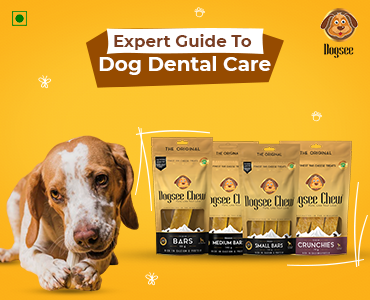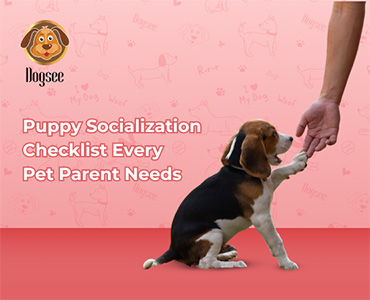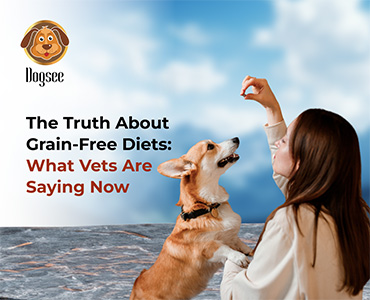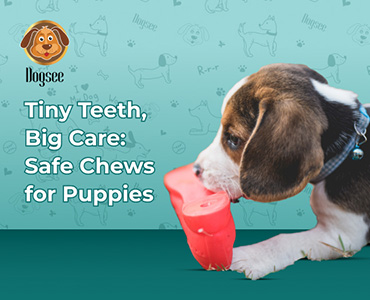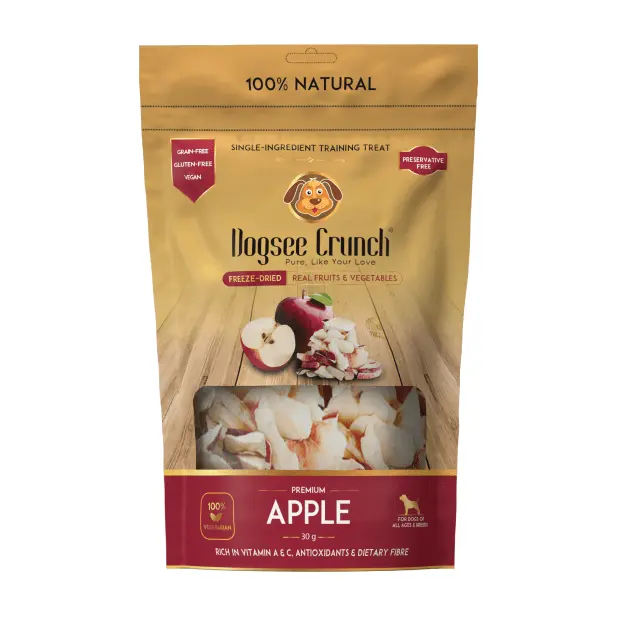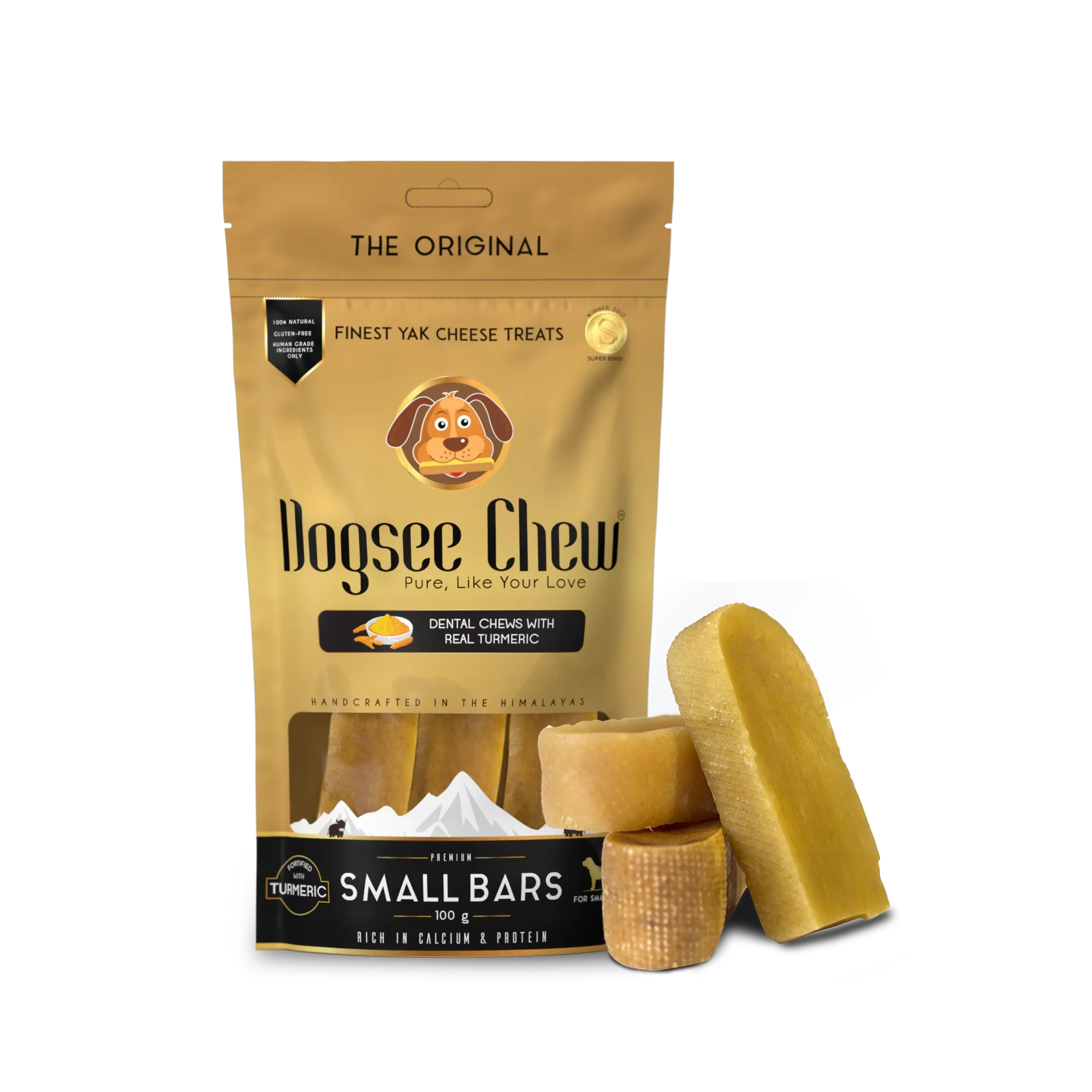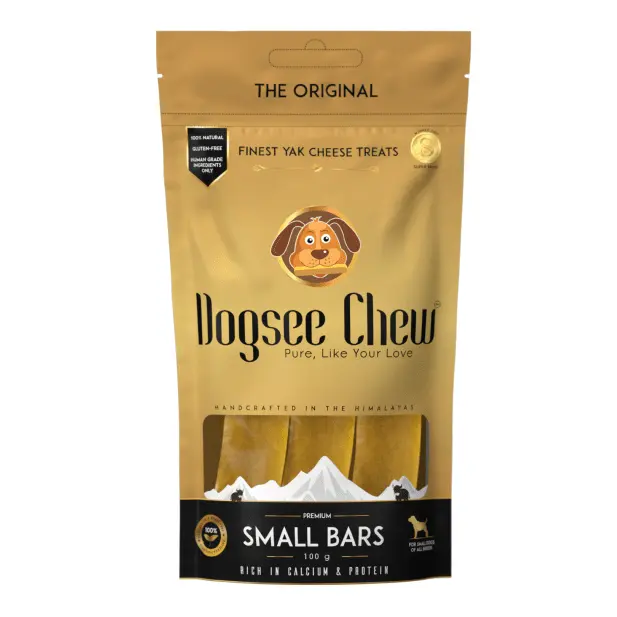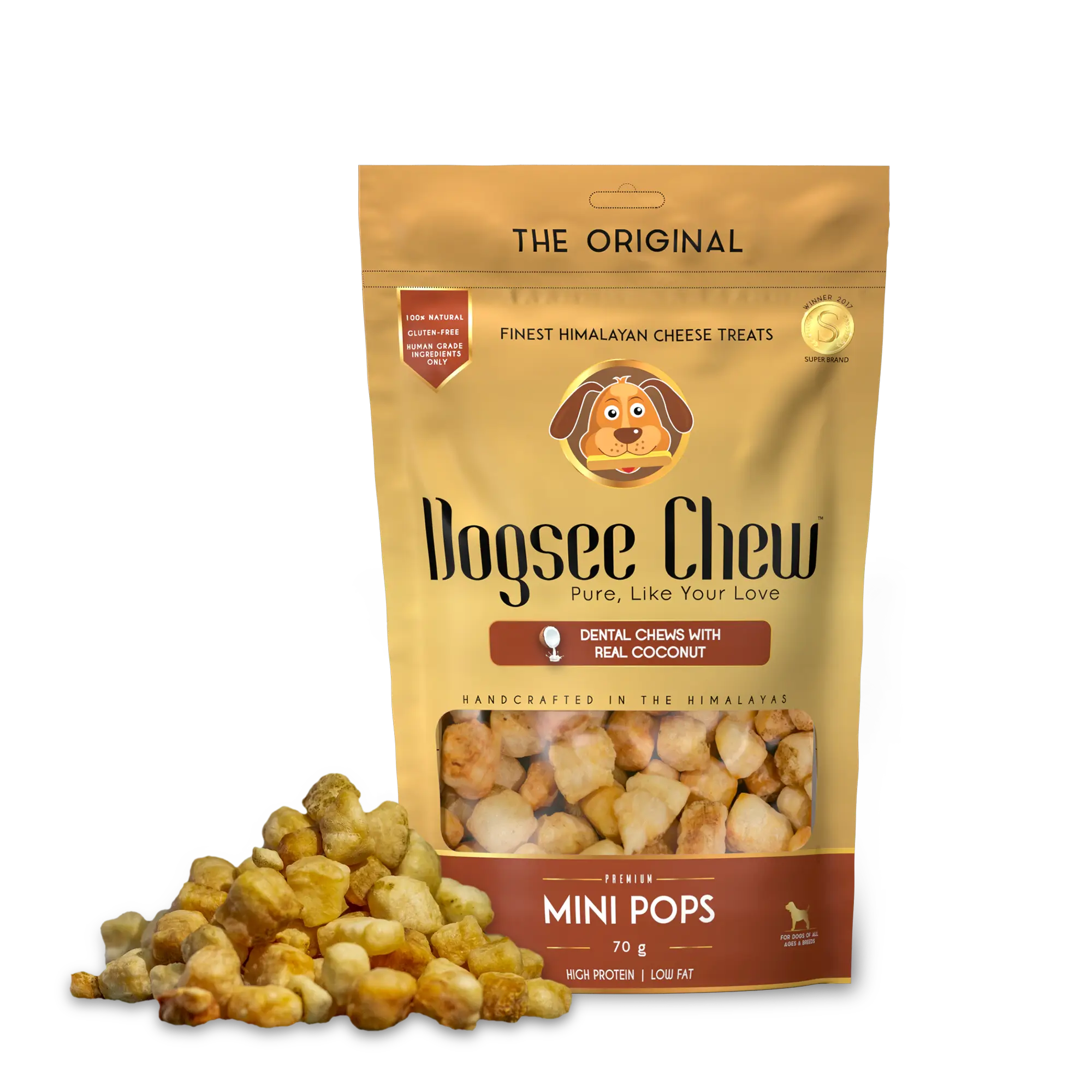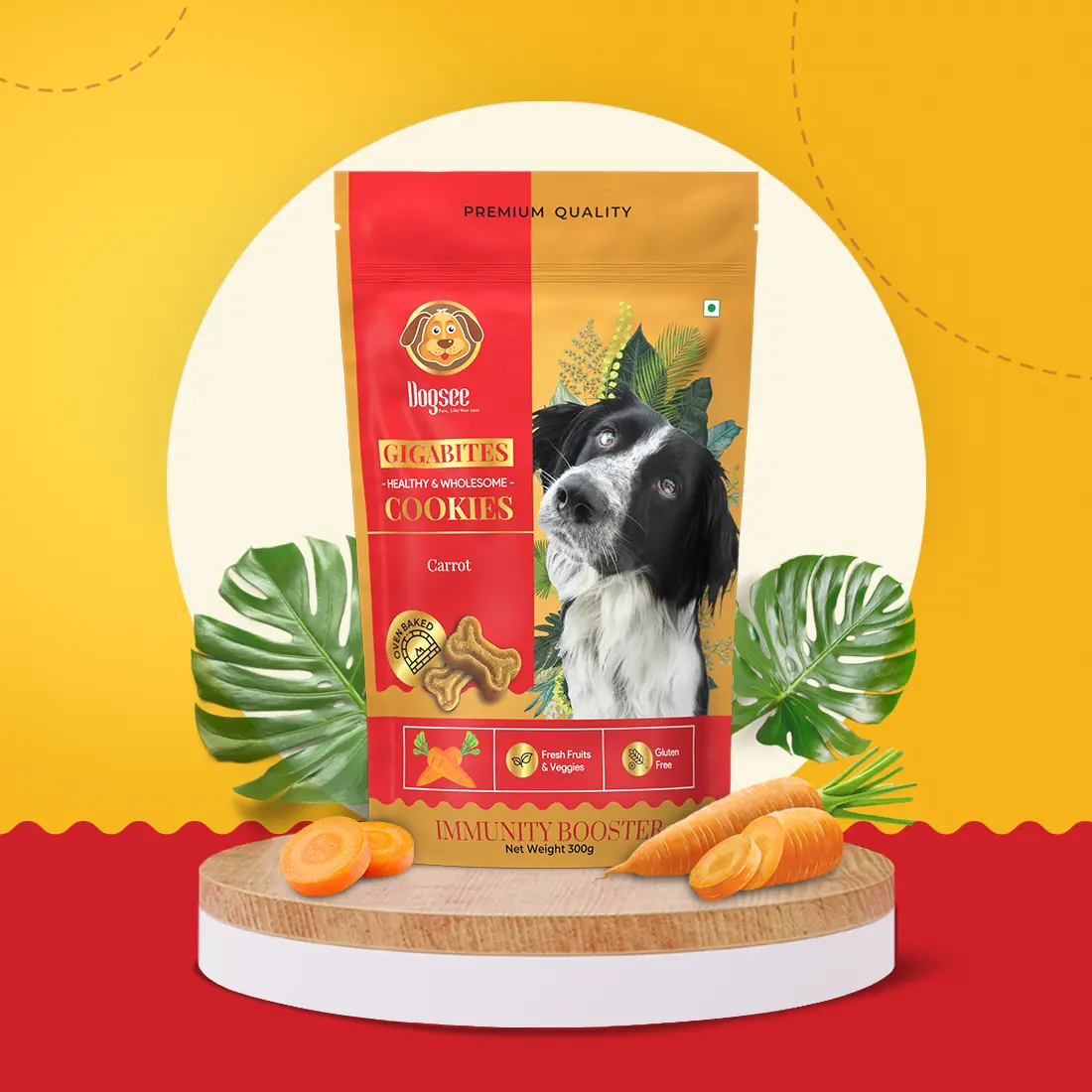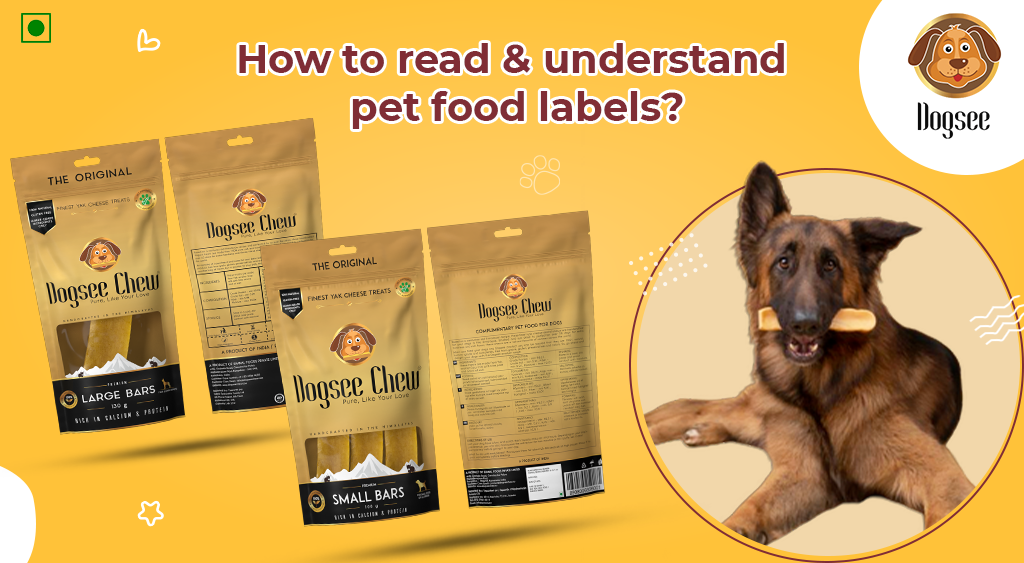
Much like caring for your children, we are sure that as pet parents you always strive to do the same for your furry companions at home.
We all want the best care for our dogs, and that includes nutrition. This is where understanding pet food labels becomes pivotal.
However, pet owners often struggle to pick appropriate food for their furry pals. This is initially because the pet food market exposes you to hundreds of brands.
Pet parents need to choose from a large variety of ingredients. Moreover, there are all sorts of marketing and advertising claims to interpret & decode.
So, let us head this comprehensive guide by understanding the dog food label format.
“When pet owners know better, they will only do better.” - Rodney Habib
Dog Food Label Requirements
Understanding pet food labels begins with demystifying pet food labels format. It is roughly the same across all brands.
Unique identifier or brand and product name
Product quantity - based on the food formulation
Ingredients - usually listed in terms of weight
Guaranteed Analysis aka Analytical Constituents - mentioning the percentage of each nutrient component
Statement of nutritional adequacy - backed by testing to prove the product provides the said amount and level of nutrients
Feeding Guide
The name & address of the manufacturer
Net content statement
Pet Food Labeling Guide
Label analysis of pet foods begins right at the top, with the name:
1. Product Name: Hints the main ingredient or the kind of food or treat.
Pet owners often buy food for their pets based on a specific ingredient. So, pet food market brands tend to highlight the main component in the product name itself, for example, Salmon Dog Food or Himalayan Cheese Treats.
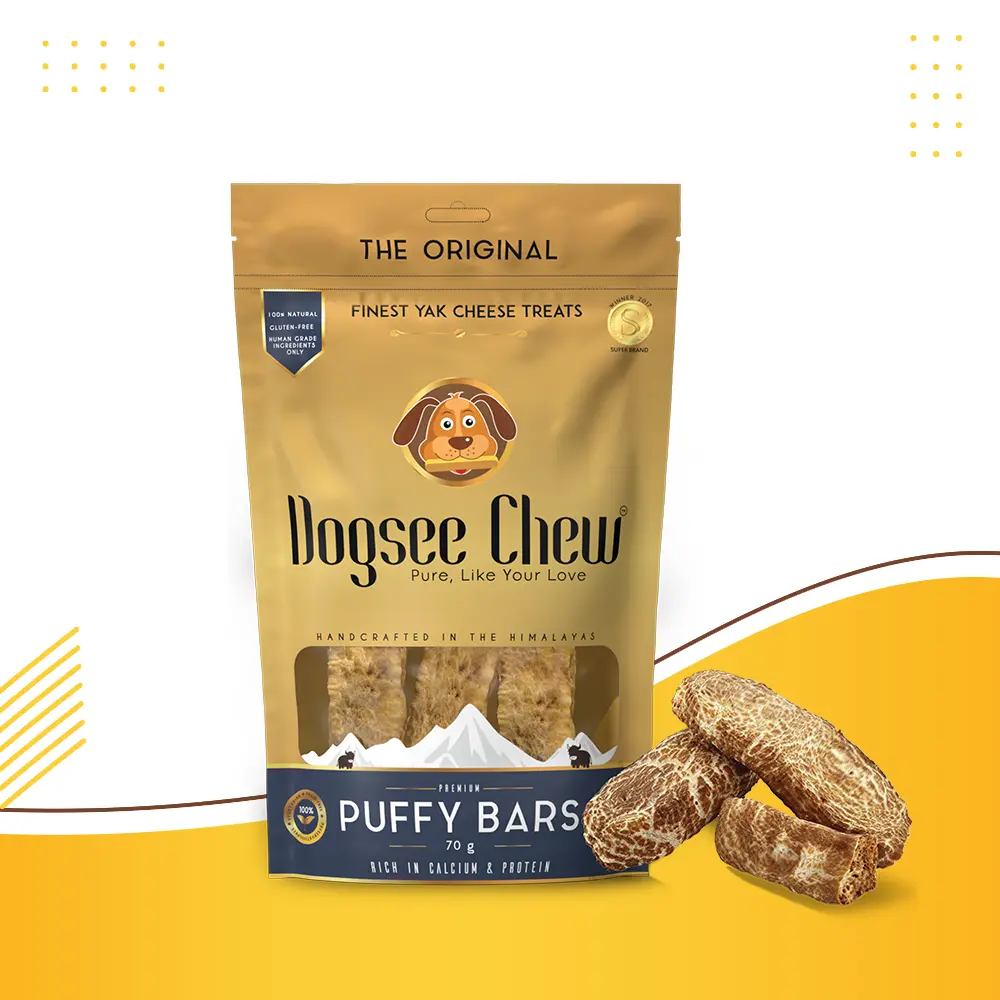
2. Product Quantity: Do not go by looks
The quantity on the label informs you about the amount of food the dog food container or pack contains.
Dog food products can differ in density - especially for dry vs. wet pet food.
The product quantity is measured by weight, count, or liquid measure. So, do a cost-per-pound or ounce comparison, and get an idea of how much the product costs.
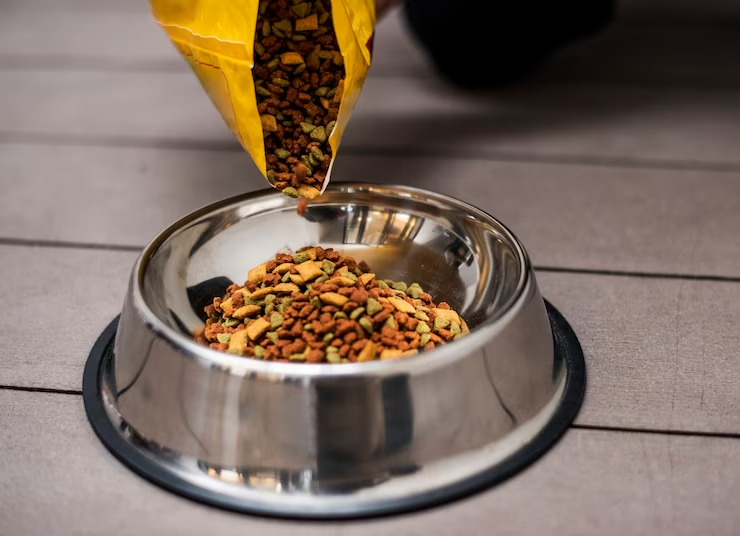
3. Ingredients: Listed by order of weight
You must focus on the most vital part of the dog food label, i.e., the ingredients in dog food. Ingredients are listed on the basis of their weight, in descending order. A few things to know while reading this part of the label are:
Ingredients with higher water content, such as chicken or lamb, weigh more than the dry ingredients (vitamins, grains, meals, etc.). So, in most cases, you will find the wet ingredients listed first.
Collective ingredient listing, like animal proteins, is not allowed. Each ingredient must be listed individually and by its common name.
Are all by-products bad? It depends. While the liver as a by-product can add to the nutritional value of the dog food, you would want to avoid empty by-products, containing stomach, bones, cleaned intestines, etc. It is best to opt for dog food with minimum to no by-products.
Nutrients and ingredients are two different things. Ingredients provide the nutrients - food components that are metabolically useful and support life. For instance, lamb is the ingredient. It provides your furry pals with nutrients like protein, vitamins, and fatty acids.
4. Guaranteed Analysis: Eye on the basic 4- Protein, fiber, fat, and water.
Here you will find the maximum amount of protein & fat content, and the minimum amount of moisture & fiber. The numbers are regulated.
It is also known as nutritional analysis or proximate analysis. Look for this information near the ingredients list.
Guaranteed analysis can tell you whether or not your dog will get the correct nutrients from the pet food.
Unfortunately, comparing the percentages between dry and wet food is tricky due to the difference in moisture levels. Here’s an image of the guaranteed analysis label:
To calculate the adjusted protein level, subtract the moisture percentage from 100 - divide the protein percentage by the result and finally multiply the answer by 100.
5. Nutritional Adequacy: Search for a fine print at the back or side of the package
The statement of nutritional adequacy is also an important dog treat label requirement. Brands ensure the nutritional adequacy of pet foods via government-regulated feeding trials.
They can also mention various pet life stages that the food is appropriate for and certify that it meets the nutritional requirements of a pet.
Since the nutritional needs of older dogs depend highly on their health condition, there is no nutritional adequacy standard for them.
6. Feeding Guide or Directions: These are not rules, but recommendations. Consult your veterinarian.
This label is straightforward. It gives pet parents an idea about how and when to feed their
dogs the food. It also informs about the recommended dosage.
Temperament, breed, environment, and more factors influence your furry pal's food intake.
Also, take note of the “best-used-by” date or statement since food can get rancid after the specified period due to the nature of ingredients used in pet foods. Expired pet food is harmful and can make your dog sick.
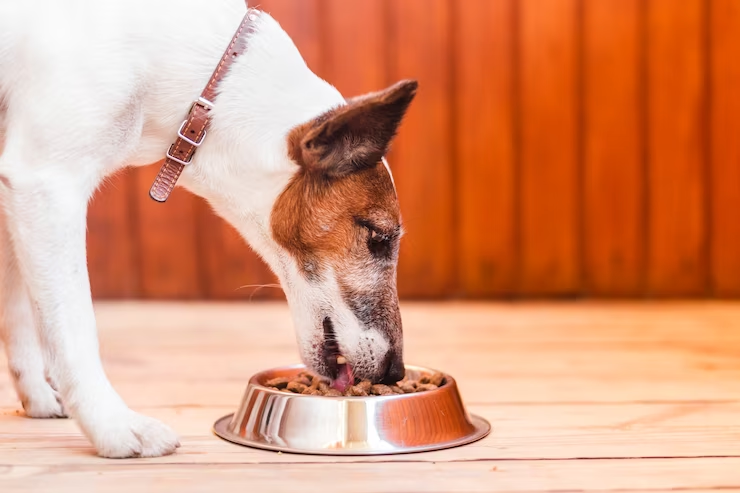
Deciphering Common Claims & Terms
Regulatory standards do not back marketing claims. The objective of these claims is to make the product appealing to consumers.
So, even though terms like “natural” or “organic” indicate no artificial colour or flavours included, there is no telling what they actually mean. Watch out for other terms, such as gourmet, premium, and wholesome.
Do not allow marketing claims to lure you. Whenever you are buying pet food, remember that nutrition always wins. So, read up on the nutritional value bit of the label before anything else.
Frequently Asked Questions (FAQs)
1. What is the mandatory information that pet food labels must provide?
Answer: Pet food product labels must provide information including, product name, manufacturer's name & address, net quantity, ingredients list, nutritional value statement, and a guaranteed analysis.
2. What do the first five ingredients denote in dog food?
Answer: The first 5 listed ingredients denote the bulk of the pet food and its nutrients. They should always be whole food (high-quality) ingredients.
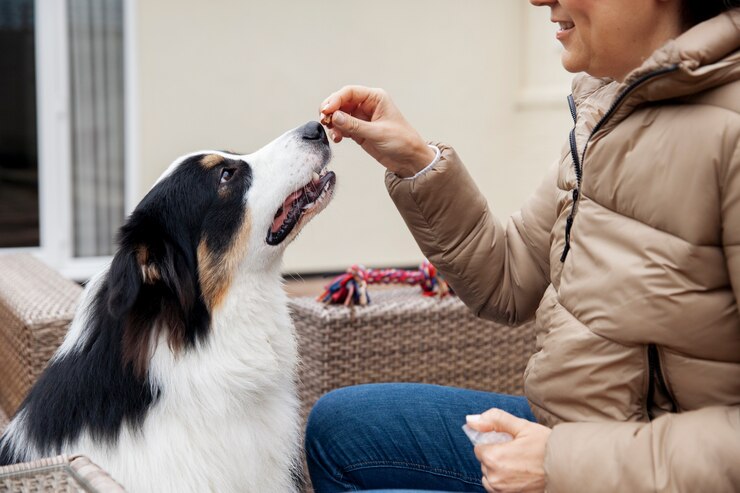
Knowledge is the Ultimate Power!
In a world that is constantly being filled with gimmicks, it is crucial to stay informed and up-to-date about things related to you and your family, which includes your pooches. Being concerned about nutritional needs is one way to show love to your dogs. Find out 6 more ways to show love to your furry pals in this blog post.
By now, you must have a fair idea of what to look for and avoid while purchasing suitable food for your furry friends. This guide can help you access your dog’s current food.
Dogsee:
As a brand that creates loving treats for dogs, we always strive to stick to best care practices and encourage pet parents to observe, research, learn, and be more informed about pet parenting. We are committed to providing quality ingredients for your pooches and spreading awareness and education about responsible pet parenting with equal focus. This has made us a trusted name in dog care.
To keep learning about pet issues, solutions, and dog food guides, visit our Instagram page.
Thank you for reading till the end. Stay informed! See you again in our next blog.
 HELPFUL0 people found it helpful
HELPFUL0 people found it helpful
Related Blogs
Subscribe to Our Blogs
and never miss on the latest update!










